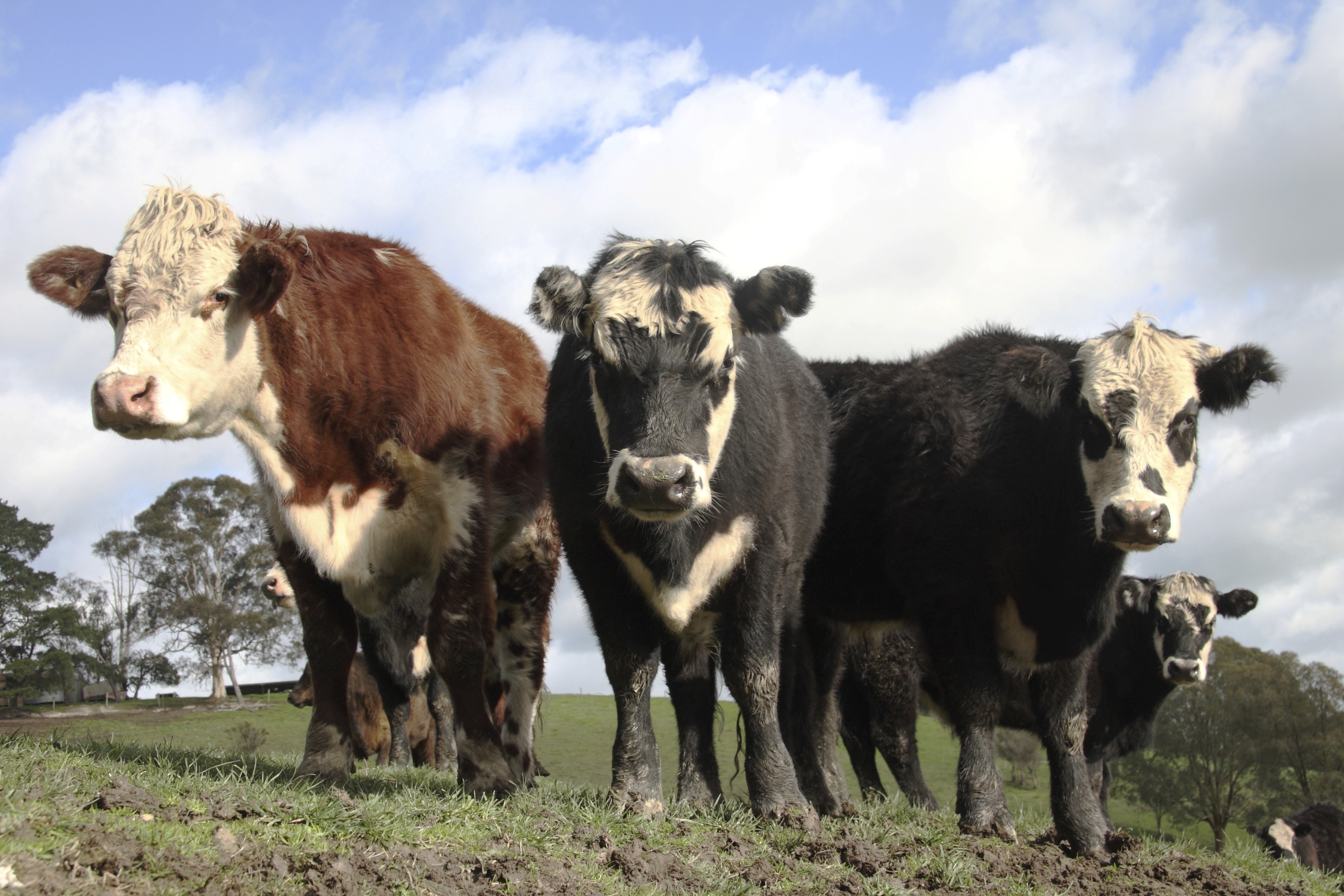Discover the Rich Heritage of Constance Cattle: A Deep Dive into Background and Reproduction
Discover the Rich Heritage of Constance Cattle: A Deep Dive into Background and Reproduction
Blog Article
Master the Art of Cooking With Grass Fed Meat
In the realm of cooking knowledge, understanding the art of cooking with grass-fed meat holds a prominent placement. From the tender texture to the durable taste profile, grass-fed meat presents a canvas for culinary creative thinking.
Benefits of Grass-Fed Meat

When selecting grass-fed meat, customers can take advantage of its greater degrees of omega-3 fats and anti-oxidants contrasted to traditionally elevated meat. Constance Cattle. Omega-3 fats are important nutrients that support brain health, decrease inflammation, and promote heart health and wellness. Grass-fed meat is understood to have up to 5 times extra omega-3 fats than grain-fed meat, making it a healthier option for those seeking to raise their consumption of these advantageous fats
In addition to omega-3 fatty acids, grass-fed meat is likewise richer in antioxidants such as vitamins E and C, along with beta-carotene. Anti-oxidants play a crucial role in securing cells from damage triggered by totally free radicals, which can add to various chronic conditions and increase aging. By deciding for grass-fed meat, customers can not just appreciate an extra nutrient-dense and flavorful protein source however likewise support their overall health and health.
Including grass-fed meat right into your diet regimen can be a simple yet reliable means to boost your dietary intake and profit of omega-3 fatty acids and antioxidants that are naturally abundant in this type of meat.
Best Food Preparation Approaches
Making use of appropriate cooking approaches is important to preserve the nutrient account and boost the flavor of grass-fed meat. When cooking grass-fed meat, it is necessary to remember that it is leaner than traditionally increased meat, making it much more vulnerable to drying if overcooked. To guarantee a juicy and savory result, consider cooking grass-fed meat at a little lower temperature levels than you would with grain-fed meat.
Grilling is a prominent method for cooking grass-fed meat as it permits excess fat to trickle away, preventing flare-ups that can trigger charring. Another great food preparation approach for grass-fed meat is pan-searing.
Slow-moving cooking strategies such as braising or stewing are also superb options for tougher cuts of grass-fed meat, as they assist damage down the muscular tissue fibers and tenderize the meat. Whichever cooking method you select, keep in mind to allow grass-fed meat rest after cooking to allow the juices to rearrange, ensuring a moist and tender final meal.
Taste Pairings and Seasonings
To boost the all-natural flavors of grass-fed meat, tactical taste pairings and flavorings play an essential function in raising the general eating experience. Grass-fed meat has an abundant, distinctive taste that can be matched and improved by very carefully picked active ingredients. When it involves taste pairings, natural herbs like oregano, thyme, and rosemary job incredibly well with grass-fed beef, lamb, or bison. These natural herbs include depth and earthiness to the meat, enhancing its natural tastes without overpowering them.
In addition to natural herbs, flavors such as black pepper, garlic, and smoked paprika can better elevate the taste profile of grass-fed meat dishes. These flavors offer an equilibrium of warm, sweetness, and smokiness that can improve the general dining experience. When flavoring grass-fed meat, it is important to make use of top notch salt, like sea salt or Himalayan salt, to draw out the meat's tastes without adding unneeded chemicals or additives.
Storage Space and Managing Tips
Proper storage space and handling techniques are important for keeping the high quality and Check This Out quality of grass-fed meat. When our website keeping grass-fed meat, it is critical to keep it cooled at temperatures listed below 40 ° F(4 ° C) to stop microbial development and putridity. To expand the meat's service life, consider wrapping it snugly in parchment paper or butcher paper before putting it in an airtight container or sealed plastic bag - Constance Cattle. Stay clear of storing grass-fed meat near strong-smelling foods as it can take in smells easily.
When dealing with grass-fed meat, it is necessary to practice great health to stop cross-contamination. Laundry your hands extensively before and after dealing with the meat, and make sure that all utensils and surfaces that enter into call with the meat are cleaned and sterilized effectively. Additionally, utilize different reducing boards for meat and veggies to avoid bacterial transfer.

Leading Grass-Fed Meat Recipes
When considering the best methods to appreciate the high quality and quality of grass-fed meat, discovering top-notch recipes can boost your culinary experience. Grass-fed meat's rich flavor and leaner account lend themselves well to a range of meals that highlight the all-natural benefits of the meat.
If you're in the mood for something lighter, a Grilled Grass-Fed Burger offered with fresh garnishes and a side of pleasant potato french fries is a delicious choice. Furthermore, a Herb-Crusted Grass-Fed Lamb ribs baked to excellence with an assortment of breadcrumbs and natural herbs is a show-stopping recipe for special occasions. These top grass-fed meat recipes showcase the flexibility and superior top quality of grass-fed meat, enabling you to appreciate its remarkable taste in different culinary creations.

Final Thought
To conclude, mastering the art of cooking with grass-fed meat provides various benefits, including improved dietary worth and remarkable flavor. By using the best food preparation approaches, exploring with flavor pairings and seasonings, and complying with correct storage space and managing ideas, you can develop healthy and scrumptious meals. Experiment with some leading grass-fed meat dishes to boost your cooking abilities and appreciate the complete possibility of this top quality component.
When cooking grass-fed meat, it is essential to keep in mind that it is leaner than conventionally increased meat, making it much more prone to drying out if overcooked. To guarantee a juicy and flavorful outcome, consider cooking grass-fed meat at a little reduced temperature levels than you would with grain-fed meat.
When seasoning grass-fed meat, it is important to use high-quality salt, like sea salt or Himalayan salt, to bring out the Get the facts meat's flavors without including unneeded chemicals or additives.
Grass-fed meat's rich taste and leaner account lend themselves well to a variety of recipes that highlight the all-natural goodness of the meat. These top grass-fed meat dishes showcase the flexibility and premium top quality of grass-fed meat, enabling you to enjoy its superior preference in different culinary productions.
Report this page